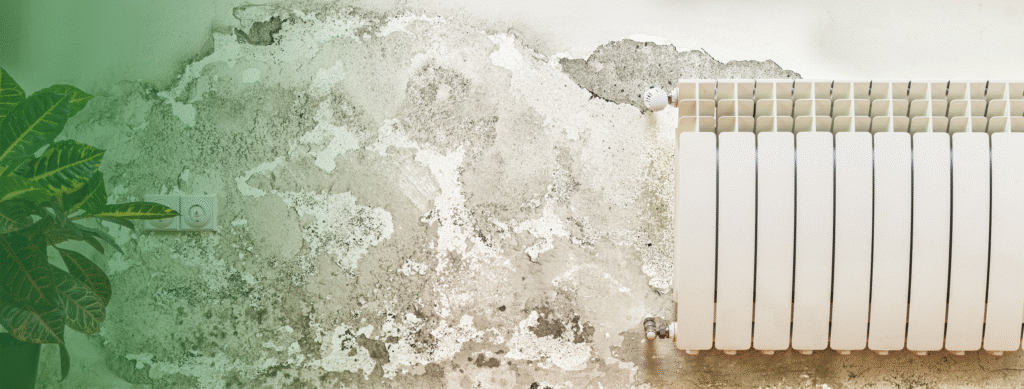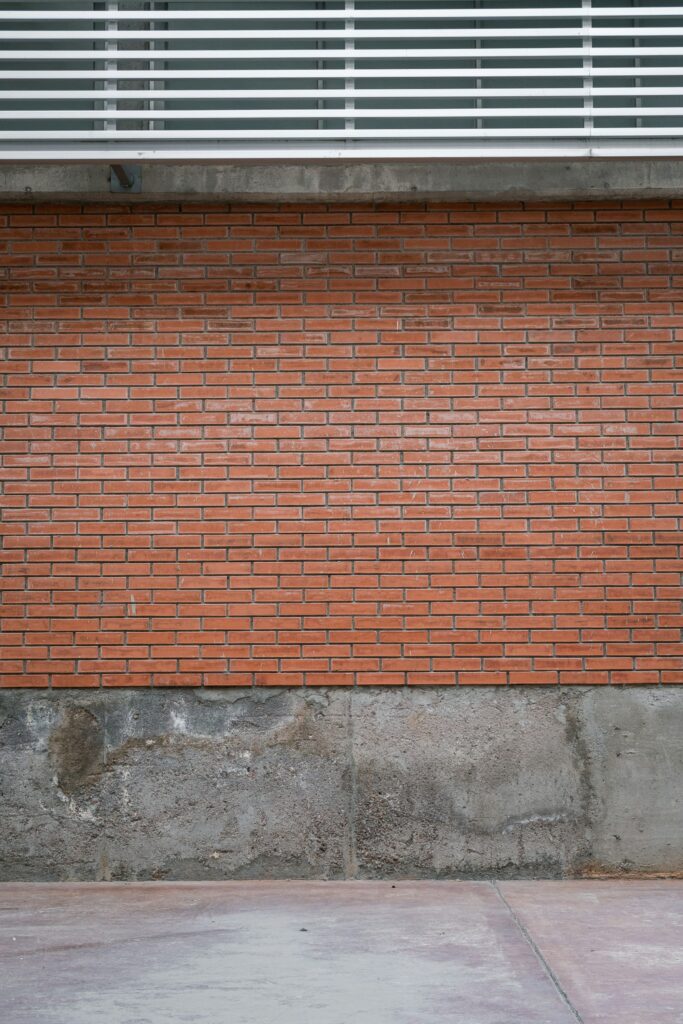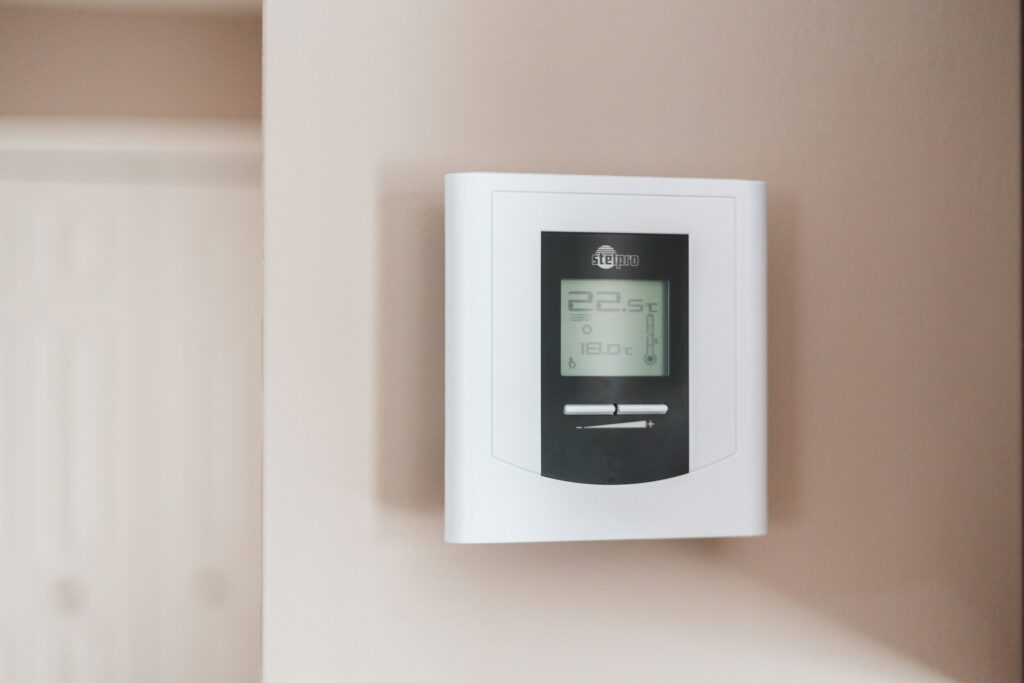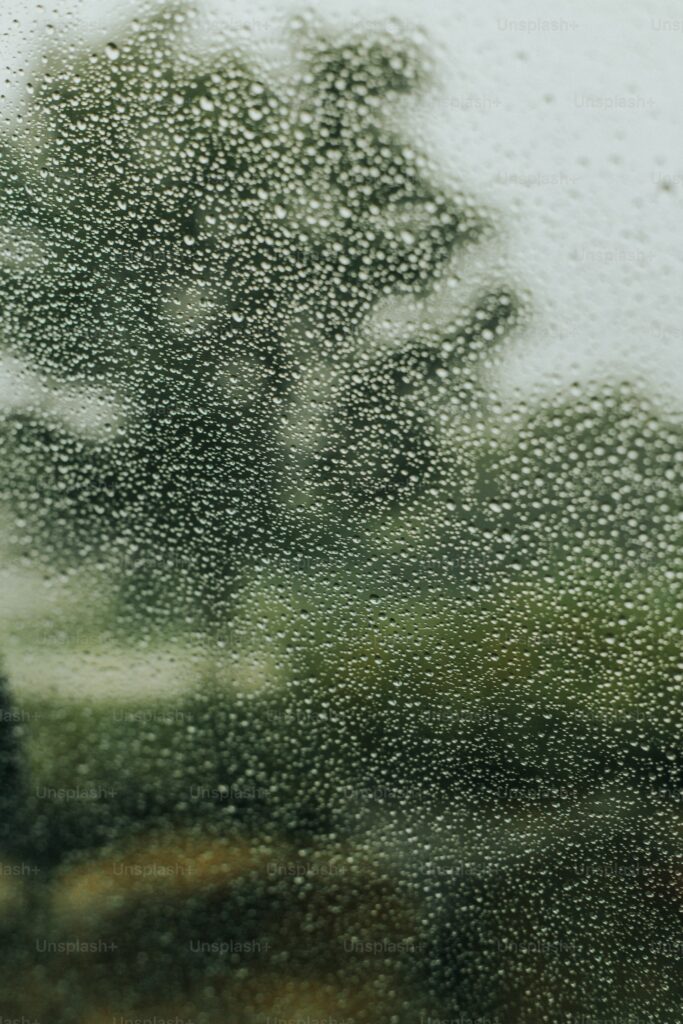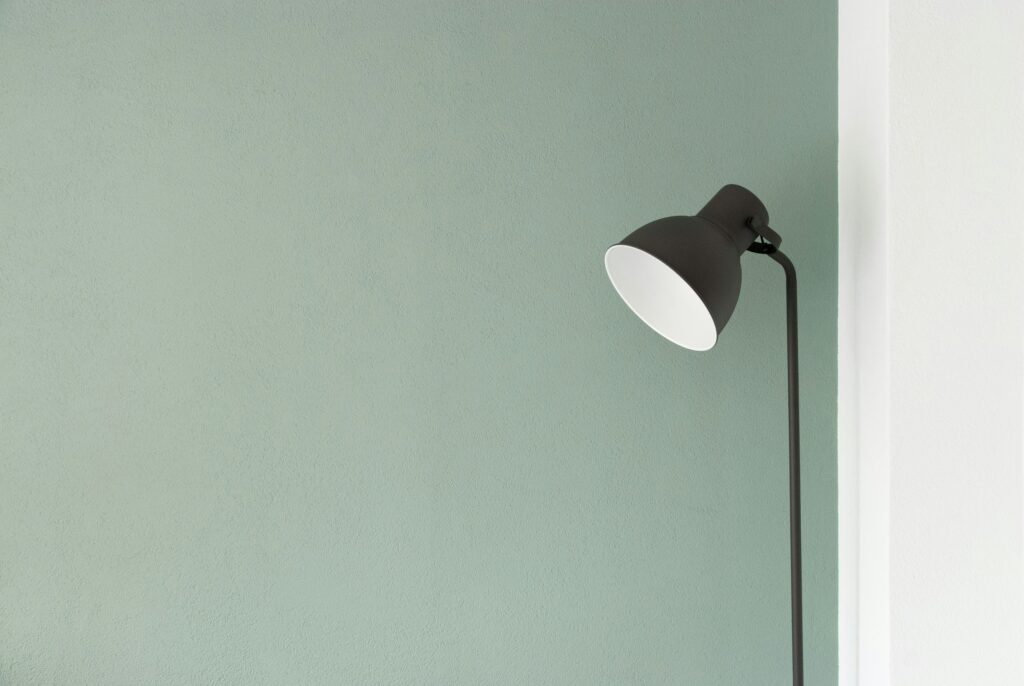Fix Rising Damp

Early Signs of Rising Damp in Your Home
Peeling paint. Crumbling plaster. Warped skirting boards. These are all signs your home could be suffering from rising damp — a condition where ground moisture travels up through porous building materials like brick, concrete, and timber.
It’s more common than you think, especially in older homes or properties built on poorly ventilated subfloors. Addressing these early signs can help fix rising damp and naturally reduce house humidity in your home.
Read More
Groundwater is essentially drawn up through tiny tubes in the bricks, the water contains salts that also travel up through the walls. Around the affected area are other building materials such as timber that is found in the floorboards and skirtings. These materials also would absorb the ground water and evidence of wet rot would be found in the timber. The groundwater that is absorbed contains salt and the more salt that is in the water, the greater the absorption of moisture. When the water dries the salt remains as a white puffy powder that degrades the structure of the walls. When combating rising dampness, the salts can remain and cause the wall to remain damp.
Why Poor Airflow Makes Rising Damp Worse?
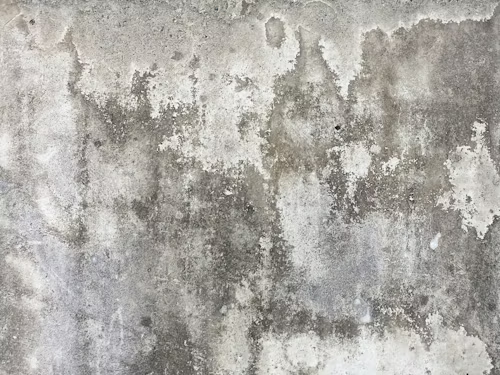
Most people don’t realise that poor air circulation beneath your home can make rising damp worse. Moisture builds up in the subfloor area with nowhere to go, creating the perfect environment for damp to creep upward and cause damage you can see – and smell.
Improving airflow beneath your home is key to preventing rising damp and helping to reduce house humidity, keeping your interiors dry and healthy.
How Ventis Helps Reduce House Humidity and Fix Rising Damp?
Our subfloor ventilation systems actively move air beneath your home. Using high-performance fans, we circulate fresh, drier outside air through the subfloor, while pushing out damp, stale air. This helps keep underfloor humidity in check and reduces the risk of rising damp.
Our systems are tailored to your home’s design and access points, even tight or uneven subfloor spaces. By installing Ventis systems, you can effectively fix rising damp and maintain a comfortable humidity level throughout your home.
Signs You May Have Rising Damp
- Flaking paint or bubbling plaster near floor level
- Musty odours, especially after rain
- Visible mould or mildew on lower walls
- Floorboards starting to warp or lift
- Persistent dampness or humidity despite open windows
These are clear indications that your home may need solutions to fix rising damp and reduce house humidity for a healthier living environment.
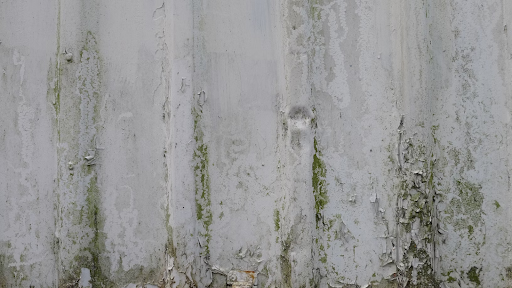
What Damage Can Rising Damp Cause?

Rising damp causes damage to the internal walls of the building and the paint can begin to deteriorate. A stain then becomes visible on the wall where the groundwater had reached.
When rising damp gets into timber skirting boards and structures, this causes them to rot. Also, when the water rises salt can be deposited in building structures which causes deterioration and corrosion through the phenomenon known as salt attack. The salt residue is often left behind in the spores of materials such as stones and other materials. The forces that the salt crystals apply can lead to eventual damage to the stone or other materials. If the damage is not visible then the musty smell will give away that there’s a rising damp issue within your household. All damp homes have the same musty smell so it’s important to get a licensed builder to inspect the home for damp related damages.
What are the Health Risks?
Rising damp accelerates mould and fungi growth within your home which can affect the quality of the air you breathe. The poor air quality can potentially cause allergy-like symptoms. Some of the symptoms include coughing, sneezing, itching or chest congestion.
The risk of developing an infection and bronchitis is increased as more time is spent in damp and moist places. A serious health risk is Chronic Obstructive Pulmonary Disease or COPD for short, is usually caused by extended exposure to mould. COPD can result in further illness such as emphysema and chronic bronchitis. It is vital to remove any dust, mould, dampness and other fungi at home to prevent COPD.

How to Prevent Rising Damp?
By using our Ventis Subfloor Ventilation, fresh air is introduced into the subfloor area which improves air circulation and reduces moisture levels. These systems have a crucial role in preventing rising damp and mould growth.
By circulating fresh air into the subfloor area, the ventilation system helps to reduce moisture levels and prevent dampness from forming. This can also help to prevent any structural damages to the building and to protect the wooden floors from rotting. The Ventis Subfloor Ventilation removes the stale and musty air and improves the overall air quality within the building which creates a healthier living environment and also reduces the risk of respiratory problems. The use of subfloor ventilation can help to regulate temperatures within the building, which make it more energy efficient and easier to maintain a comfortable indoor climate.
- Smart Temperature Control
- Health First Technology
- Lower Energy Bills
- Tailored for Every Home
- Mould & Damp Prevention
- Year-Round Comfort
- Quiet & Non-Intrusive
- Eco-Friendly Technology
Stop Rising Damp at the Source — Ventis Has the Solution
With our smart, low-energy solutions, you can enjoy a healthier, drier, and longer-lasting home — without the stress.
The Ventis Subfloor Ventilation System reduces moisture levels before it can travel up the walls.
Helps to avoid paint deteriorations and peeling in your home.
Improves the air quality inside your home and removes air borne allergens.
Supports the structural integrity of your home and from long term moisture damage.
A professional long-term solution for your home to manage rising damp.
Ready to Breathe Cleaner, Healthier Air?
Take the first step toward a fresher, more comfortable home with Ventis! Whether you need better ventilation, purified air, or energy-saving solutions, we’ve got you covered.
Select what you need help with:
Reduce Moisture, Mould or Damp Problems
Improving Air Quality & Reduce Alliergies SELECT
Fix Rising Damps & Protect my Home’s Structure SELECT
Reduce Condensation on My Window SELECT
Balancing My Home’s Temperature SELECT
Reduce Moisture, Mould or Damp Problems SELECT
Real People, Real Stories

Getting a Ventis is the best thing we ever did
“Ventis made a huge difference for my daughter and me—we both suffer from asthma and allergies. Our old brick home used to be freezing and full of dust, but since installing Ventis, the air feels cleaner and the house stays much warmer. It works, it’s affordable, and the team was fantastic to deal with.”
Karel, SYDNEY
Since installing our Ventis system, the air quality in our home has completely transformed. It’s fresher, drier, and noticeably more comfortable year-round. We’ve seen a real improvement in our family’s health, especially with allergies. The installation was quick, and the customer service was excellent. I only wish we’d done it sooner
Mark Camden NSW
Ventis has made a huge difference to our home. We no longer struggle with mould or damp smells in winter, and the house stays cooler in summer too. The system runs quietly and efficiently in the background. It’s one of the best investments we’ve made for comfort and peace of mind.
Gail – Florey ACT
Since installing Ventis, we’ve had no more mould on the walls—and our kids health has improved out of site. The air feels cleaner, and our home is much drier and healthier overall. It’s made a huge difference to our family’s well-being. Ventis gave us peace of mind and a safer environment for our children.
Judy – Logan, QLD
Get A FREE Quote Today!
Get in touch today to see how Ventis can transform your indoor air quality!
Discover the Ventis Benefits
FAQs
Where is Rising Damp Commonly Found?
Rising damp is commonly found in older homes and can also appear in newer houses with poor ventilation.
What Are the Common Signs of Rising Damp?
Peeling paint, water stains, rotting skirting boards, and musty smells are clear signs you need to fix rising damp.
What is Salt Attack?
Salt attack happens when salts from groundwater crystallize on walls as moisture evaporates, worsening rising damp.
Do I Need to Remove the Salt Residue on My Wall?
Yes, salt attracts moisture and keeps walls damp, so removal is essential to reduce house humidity.
How Does Ventis Subfloor Ventilation Stop Rising Damp?
Ventis systems introduce fresh air and expel damp air, improving airflow to fix rising damp and prevent future issues.
Transform your home with cleaner, fresher air and energy-efficient ventilation solutions. Let us help you create a healthier, more comfortable living space.
Company
How Can We Help You
© 2025 Ventis. All Rights Reserved. | Privacy Policy | Terms & Conditions | Refund Policy
Designed by

Posted onTrustindex verifies that the original source of the review is Google. Mark arrived on time and was very professional. The filter was replaced very quickly and the system was checked. I shall be requesting a filter replacement next time. Excellent job.Posted onTrustindex verifies that the original source of the review is Google. Very good service, fast and clean and pleasant staff. The Ventis system itself is a great idea and good money saver, esp. in colder periods of poor weather.Posted onTrustindex verifies that the original source of the review is Google. Great system to save on heating and cooling costs and great service from the company when changing filters.Posted onTrustindex verifies that the original source of the review is Google. Excellent service. Tim notified me by text of his arrival time, which was accurate. He was polite and got straight to the job. I am very pleased with the service provided.Posted onTrustindex verifies that the original source of the review is Google. Prompt and efficient replacement of filfters to give another year of clean, fresh air.Posted onTrustindex verifies that the original source of the review is Google. We have owned a Ventis ventilation system since 2015. The system is excellent and combines well with our new airconditioning/heating system to maintain a stable temperature in the house. Maintenance is roughly annual (change the main filter). We have ours serviced regularly. The service people have always been helpful, courteous, communicate their arrival beforehand, and efficient operators. We have worked out that it saves electricity because the aircon is not required unless the temperature inside is extreme (for us that is below 15ºC and above 28ºC). We highly recommend the system and the company. Our opinion is still current on 21 March 2025.Posted onTrustindex verifies that the original source of the review is Google. Great service from Tech to Office staff.Posted onTrustindex verifies that the original source of the review is Google. Service person on time, courteous, leaves no mess and reassured is all was good.
